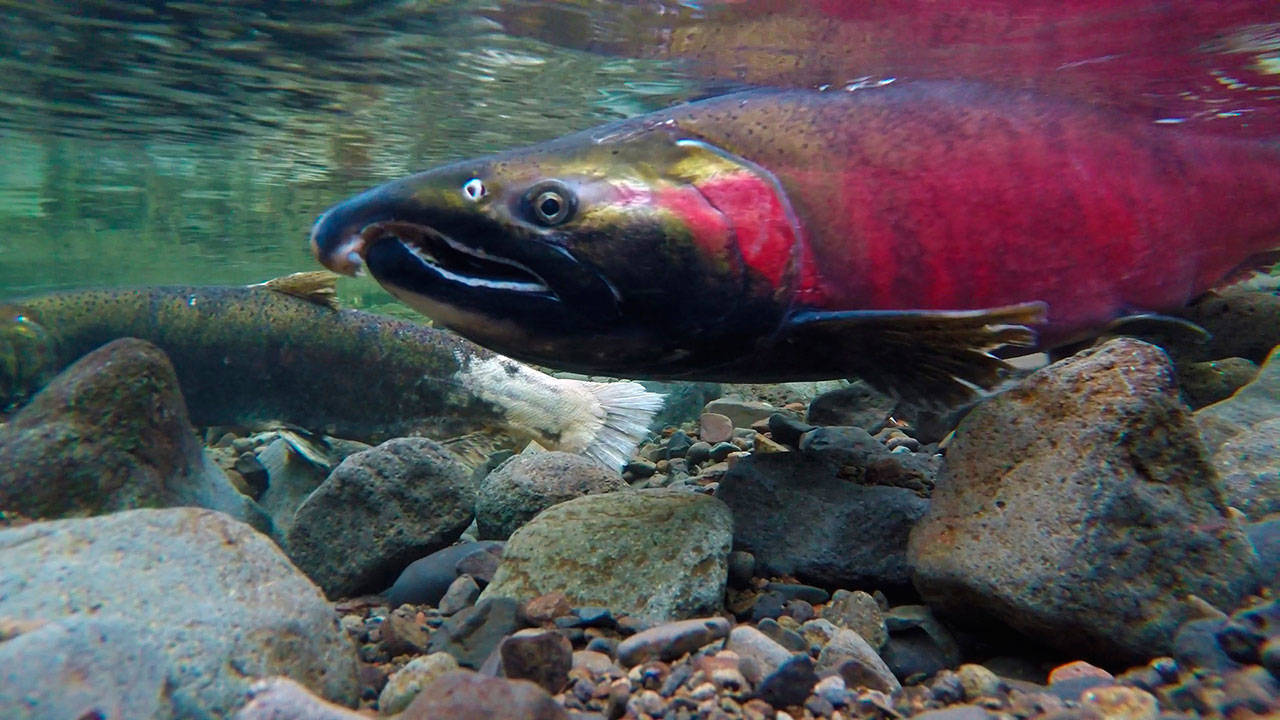Salmon fishing will be banned on the Snoqualmie, Snohomish and Skykomish rivers upstream of the Wallace River beginning on Sept. 29 through Nov. 15 after in-season wild coho runs were found to be lower than pre-season predictions.
The restrictions were issued by the Washington State Department of Fish and Wildlife (WDFW) and stipulates that all salmon must be released, except for hatchery coho on the Wallace River and the Skykomish River from the mouth of the Wallace River. Hatchery coho can be identified by their lack of the small adipose fin which are removed by the fishery.
Fish and Wildlife regional fish program manager Edward Eleazer said in-season fish counts are determined by the number of catches fishermen get in saltwater, which is then compared to historical catch rates as a baseline. State biologists also inspect streams and river for coho sightings.
“We have biologists currently on the ground and in boats surveying the river, seeing what the estimates are,” Eleazer said.
Coho and many other salmon return to their spawning waters on a roughly three-year cycle, meaning fish that are coming back would have spawned in 2015. During that year, the state was experiencing drought conditions which reduced stream flows, leading to warmer waters which can harm salmon. That affected all species of salmon and is one of the reasons the state is being cautious. Eleazer said the state wasn’t expecting an abundance of returning salmon and that the in-season count is just short of what they expected. The fishing ban could be lifted early if sufficient salmon return.
“We’re right below where the forecast could be, but because of the uncertainty in the model it could be wrong,” he said. “And if we find out that model was wrong, we’ll reopen.”
According to a WDFW memo, wild Snohomish coho salmon were declared over-fished based on escapement levels between 2014-2016 and far fewer coho were counted in 2017 than were expected. This means the fish will remain in over-fished status in the coming years, and the number of fish remains below 50,000. The number of coho is low enough that the Tulalip Tribe cancelled marine fishing except for on Tulalip Bay, and closed many of their freshwater fishing areas.
“WDFW understands what fishery closures mean to our constituents and do not enter into these decisions lightly,” the memo read.
Other salmon have also seen a decline this year. Sockeye counts at the Ballard Locks showed only 28,409 salmon by the end of July, much lower than the 129,567 that had returned last year by the same date. However, previous years saw sockeye counts fluctuate from about 21,000 up to 177,106 in the last decade.


